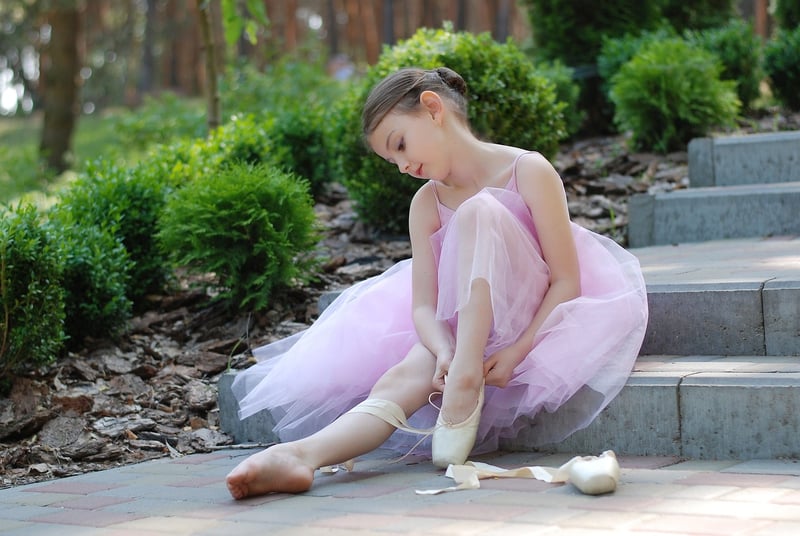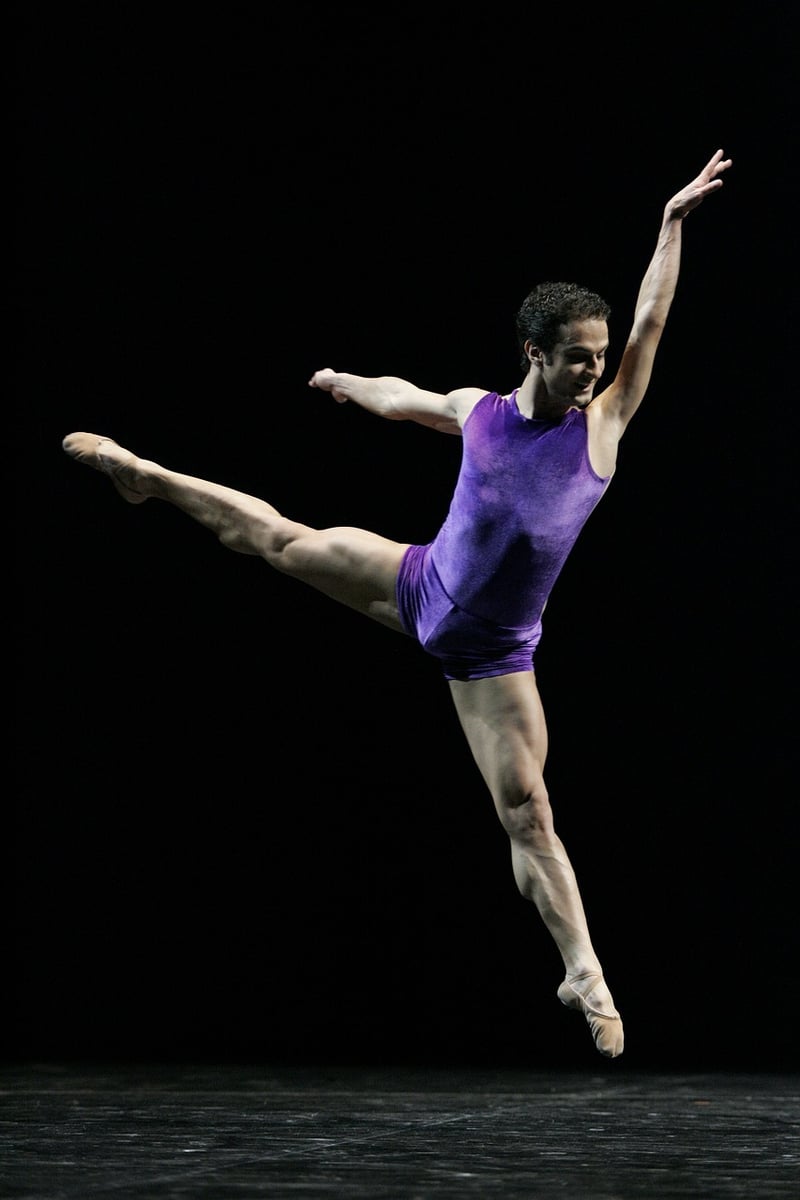Hip Hop
The Power of Expressive Movement in Hip Hop

Hip Hop, a cultural movement that originated in the 1970s in the Bronx, New York City, is not just a genre of music but a way of life. At the heart of Hip Hop lies expressive movement, a powerful form of communication that transcends words. This article explores the significance of expressive movement in Hip Hop culture.
The Language of the Body
In Hip Hop, dance is a crucial element that allows individuals to express themselves freely. From breakdancing to krumping, each dance style tells a unique story and conveys a range of emotions. The body becomes a canvas through which dancers paint their narratives, struggles, and triumphs.

Empowerment and Identity
Expressive movement in Hip Hop is more than just physical motion; it is a form of empowerment and identity. Through dance, individuals can reclaim their narratives, challenge societal norms, and celebrate their roots. The freedom to move and express oneself authentically is a cornerstone of Hip Hop culture.
Creative Expression and Innovation
Hip Hop dance is a melting pot of creativity and innovation. Dancers continuously push boundaries, fuse different styles, and create new forms of movement. The fluidity and dynamism of Hip Hop dance reflect the ever-evolving nature of the culture.

Community and Connection
Expressive movement in Hip Hop fosters a sense of community and connection. Dance cyphers, battles, and performances bring people together, creating a space for shared experiences and artistic exchange. Through movement, individuals form bonds that transcend language and cultural barriers.
Conclusion
In conclusion, expressive movement is at the core of Hip Hop culture, serving as a vehicle for self-expression, empowerment, creativity, and community building. Through dance, individuals can communicate, connect, and celebrate the rich tapestry of Hip Hop heritage.
Join the rhythm, feel the beat, and express yourself through the vibrant language of Hip Hop movement!
